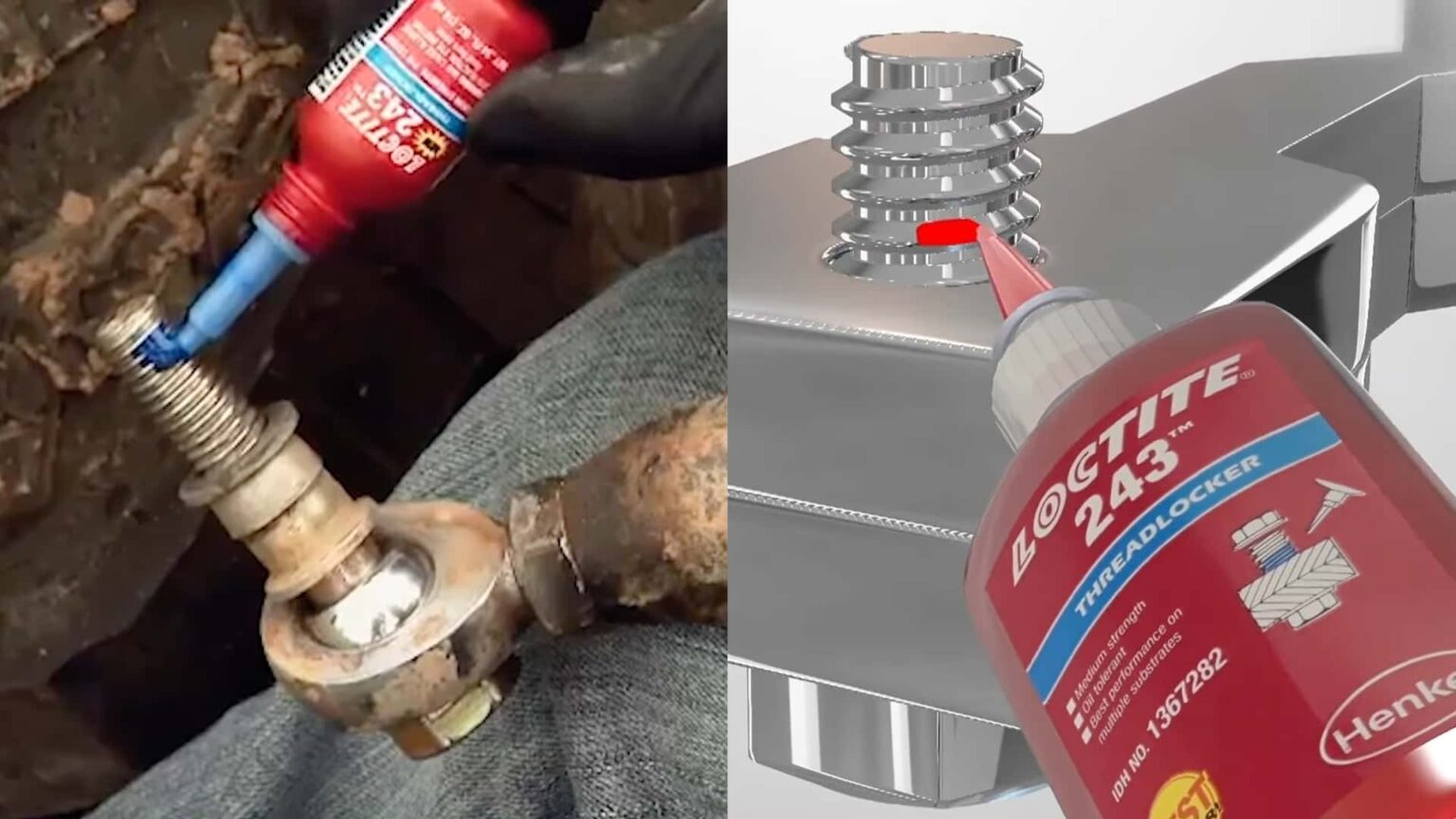Threadlocker can be an incredibly useful tool in any DIYer’s arsenal. Used to ensure nuts and bolts don’t back out of their mounting places on their own, it can mean the difference between a maintenance job done right or a catastrophe. If you’re reading this, you’ve probably used a threadlocker like Loctite before. But odds are you probably aren’t using it correctly.
The High Performance Academy YouTube channel caught up with Matt Eager of Henkel, the company behind Loctite’s line of adhesive products, to have him explain the finer details of how threadlocker actually works, and how to apply it correctly.
When it comes to threadlocker, more isn’t always better. Eager says just two drops are all that’s needed for most bolts. Lathering the length of the thread won’t give you any extra adhesive power. And if you’re installing a bolt into a blind hole—say, threading subframe bolts into a car’s frame—you should be putting those drops into the hole, not onto the bolt.
Loctite’s three most popular colors—purple, blue, and red—aren’t just there for your personal preference. They represent different compounds that should be used for different situations. Purple is the least powerful, used mainly for small bolts that you plan to remove or adjust frequently. Think something like a set screw or throttle body screw.
You should only step up to blue-strength Loctite if you think you might be servicing that nut or bolt sometime down the line, but not frequently. This compound locks the threads in place but crumbles to powder when the fasteners are removed by hand.
Red Loctite is the most powerful version of the adhesive, to be used only if you know you won’t be removing a nut or bolt any time soon. It acts like a cement, sealing the threads together so they don’t move. Separating a fastener with this stuff requires lots of heat, according to Eager.
The more you know.
Read the full article here



